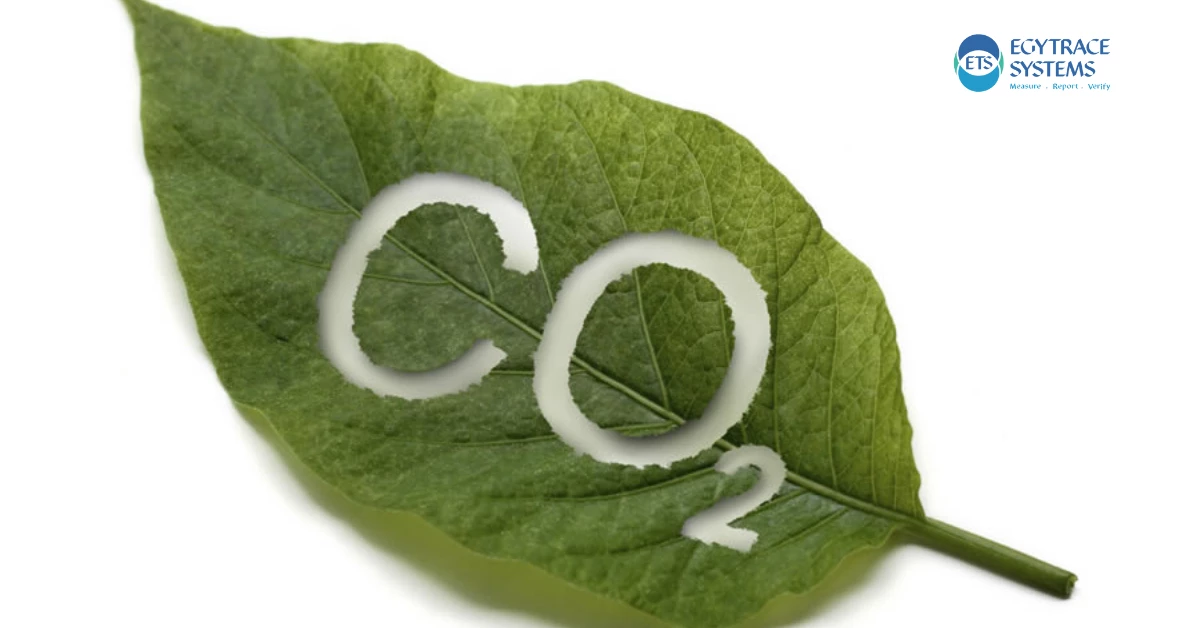CO2e Explained
Climate change has become one of the most pressing issues of our time, prompting businesses, governments, and individuals to assess their environmental impact. A key metric in measuring greenhouse gas (GHG) emissions is CO2e (Carbon Dioxide Equivalent), a standardized unit that allows us to compare the effects of different greenhouse gases. But what exactly is CO2e, and why is it crucial for understanding and reducing our carbon footprint? This article provides a detailed explanation of CO2e, its calculation, significance, and applications in sustainability efforts.
What is CO2e?
CO2e, or Carbon Dioxide Equivalent, is a metric used to express the impact of various greenhouse gases (GHGs) in terms of the amount of CO2 that would produce the same global warming effect. Since different GHGs have varying levels of impact on climate change, CO2e provides a common framework for comparison.
Each greenhouse gas has a Global Warming Potential (GWP), which measures its heat-trapping ability relative to carbon dioxide (CO2). For example:
- Methane (CH4) has a GWP of around 28-30 times that of CO2 over 100 years.
- Nitrous Oxide (N2O) has a GWP of approximately 265-298 times that of CO2.
- Fluorinated gases (such as hydrofluorocarbons) can have a GWP thousands of times higher than CO2.
Using CO2e, we can convert emissions of these gases into a CO2-equivalent value, making it easier to assess overall climate impact.
How is CO2e Calculated?
To calculate CO2e for a particular gas, the following formula is used:
For example, if a factory emits 1 ton of methane (CH4), the CO2e calculation would be:
This means that the methane emissions have the same warming effect as 28 tons of CO2.
Why is CO2e Important?
CO2e is critical for multiple reasons:
- Standardization: It provides a universal metric for comparing the climate impact of different greenhouse gases.
- Regulatory Compliance: Governments and organizations use CO2e to set emission reduction targets and comply with international climate agreements such as the Paris Agreement.
- Corporate Sustainability: Businesses measure their carbon footprint in CO2e to assess and reduce their environmental impact.
- Carbon Pricing: Many carbon pricing mechanisms, such as carbon taxes and emissions trading systems, are based on CO2e calculations.
- Informed Decision-Making: By understanding CO2e, companies and individuals can make more sustainable choices in energy use, transportation, and industrial processes.
Applications of CO2e in Sustainability
CO2e is widely used across different industries to monitor and reduce emissions. Some key applications include:
- Carbon Footprint Analysis: Companies measure their total CO2e emissions to develop sustainability strategies.
- Life Cycle Assessment (LCA): CO2e helps evaluate the environmental impact of products and services from production to disposal.
- Renewable Energy Transition: Organizations use CO2e calculations to compare the emissions reductions achieved by switching from fossil fuels to renewable sources.
- Supply Chain Management: Businesses assess CO2e emissions from their supply chains to enhance sustainability and transparency.
- Government Policies & Reporting: Many governments require industries to report their emissions in CO2e to track progress toward climate goals.
Challenges in CO2e Calculations
While CO2e is a valuable metric, it comes with challenges:
- Complexity: Calculating CO2e accurately requires extensive data and precise emission factors.
- Data Availability: Some industries lack reliable data on emissions, making CO2e assessments difficult.
- Changing GWP Values: Scientific advancements may lead to updates in GWP values, affecting previous CO2e calculations.
CO2e is a fundamental concept in the fight against climate change. By providing a standardized way to measure and compare the impact of different greenhouse gases, it enables better decision-making for governments, businesses, and individuals. Understanding and reducing CO2e emissions is essential for mitigating global warming and achieving sustainability goals. As awareness and regulations around carbon emissions grow, CO2e will continue to play a pivotal role in shaping a greener future.

